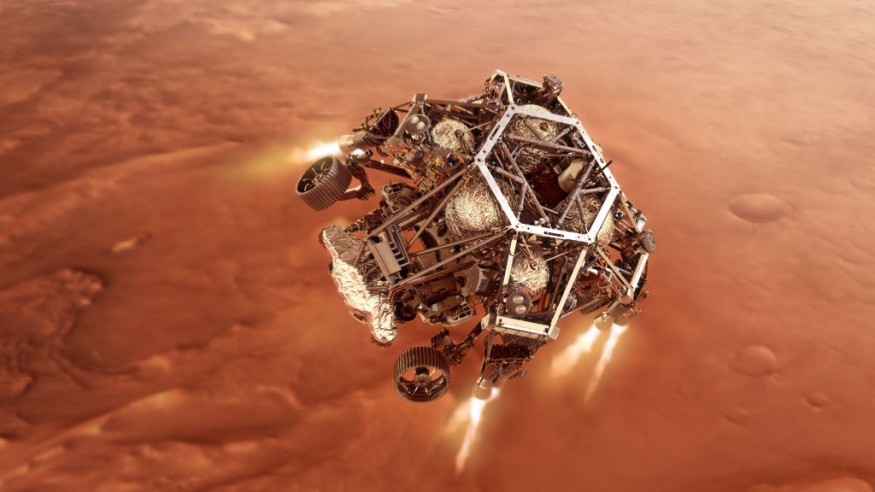
It is popularly believed that the cockroach is one of the toughest species in the world.(They are known for surviving even a nuclear fallout.) However, another popular fact is that there are smaller, tougher species in existence.
Take tardigrades, for example.
Dozens of videos and articles have already been published detailing the countless experiments that test tardigrade resilience. They have been exposed to extreme heat, extreme cold, lack of oxygen, intense radiation and the list goes on.
But in one recent experiment, scientists take it up a notch by mixing a bit of each scenario just to see if the nigh immortal water bear can actually survive the vast reaches of space.
Bullets as rockets for tardigrades
To accomplish this, the researchers placed them in sabot capsules that were then frozen before being loaded up into a high-velocity gas gun.
They adjusted the gun to fire at certain speeds that were meant to emulate high impact collisions with planets and asteroids. The end result indicated that situations like a lunar crash landing could result in a fairly high survival rate for these microscopic critters. However, anything higher than that, and the tardigrades would break about just like another multi-structured organism.
Yet as wild as the experiment was, the implications could be just the beginning when it comes to understanding the origins of life in the universe.
So far, there is little evidence to support that advanced alien civilizations exist. Still, what is certain is that some forms of microbial life have been found and it has led to a wide range of theories of how life in the cosmos could possibly be thriving at this very moment.
Another interesting fact is that tardigrades, like a lot of microbial life forms, can be found anywhere. That apparently includes the ins and outs of spacecraft and rovers, as well as ancient meteorites that may have carried some of their earlier ancestors.
Tardigrades and a framework for alien life
Now, while it might be tempting to think that, somewhere out there, a tardigrade species could have evolved over billions of years on a planet much like Earth, that may still be too unrealistic.
For one thing, the reason why tardigrades can survive for so long is that they drastically slow down their own metabolism. In a way, it is like a state of living death. They will survive, but they may not necessarily thrive.
They can still be revived should they be exposed to necessary nutrients like water and oxygen, but there is no telling how such events are likely in any part of the galaxy.
The good news is that these experiments are like a stroke that adds more color and clarity to the picture of alien life. Knowing the limits of a tardigrade's survival adds to a growing framework that lets experts better estimate the possibility of life on other planets. And perhaps someday, with better tools and better guesswork, mankind might finally find some place where they can make first contact.
© 2025 NatureWorldNews.com All rights reserved. Do not reproduce without permission.





